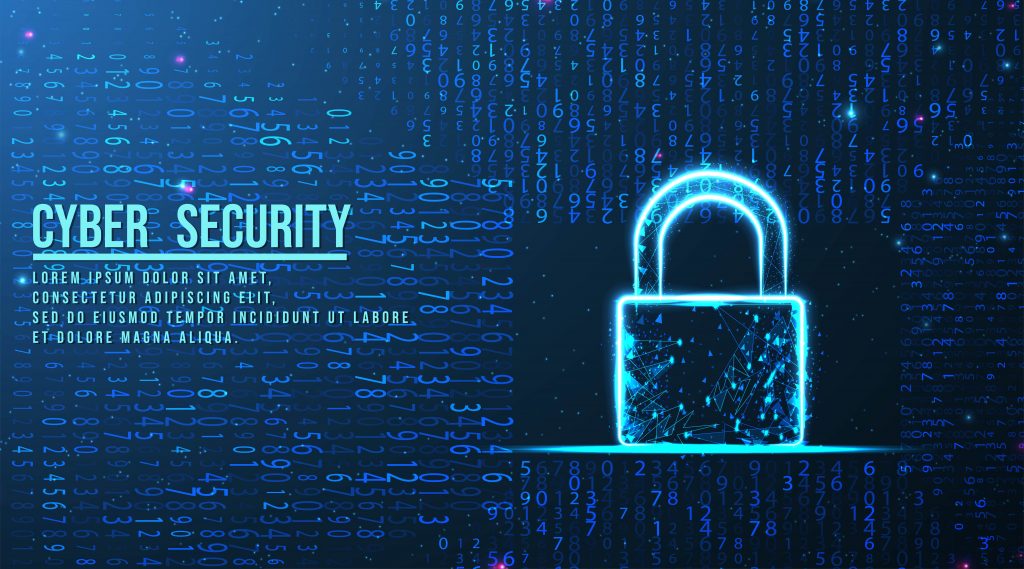As 5G technology becomes the way that enterprises get work done, protecting networks, organizations and users from cybersecurity risks becomes the path forward to sustainable growth. That’s the conclusion of an engaging discussion between Angel Redoble, FVP, CISO, PLDT Group, ePLDT Group and Smart and Chuck Wieland, VP Sales Acceleration Leaders, Palo Alto Networks. In the first episode of the NextWave P.I.E. podcast miniseries, Wieland spoke with Redoble about securing 5G networks and the critical considerations and foundations needed to achieve that protection.
Cloud, data and IoT threats are merging, and the cyber attack surface on networks and IT infrastructure is expanding. Enterprises must consider new and potentially greater security risks. 5G deployments offer cyber attackers new ways to infiltrate systems, networks and applications. Protecting complex, distributed networks requires a platform approach with ML-powered threat detection that secures the key 5G interfaces under a single umbrella.
National, Economic and Enterprise Considerations
During the interview, Redoble discussed the importance of developing a cybersecurity-centric 5G strategy for national, economic and enterprise security. While governments, enterprises and businesses readily embrace 5G in their digital transformation, mass 5G deployment introduces potential risks, making networks and critical infrastructure a target of cyber adversaries.
The new capabilities made possible by 5G networks hold tremendous promise for enterprises, but cybersecurity risks need to be addressed before deployment. Building a 5G network on top of a weak cybersecurity foundation comprises the safety of network users, enterprises and entire countries. Greater focus must be placed on the security of applications and devices to meet the security demands of enterprise customers, specifically those in government and defense.
Developing a Focused 5G Cybersecurity Strategy
During the podcast, Redoble discussed why cybersecurity development must be parallel to developing a 5G strategy. Here are his best practices for designing a 5G cybersecurity strategy:
- Proactive Investment in Cybersecurity – To address cyber threats, enterprises and governments must place an equivalent, if not greater, focus on 5G cybersecurity strategy. Investing in cybersecurity will be foundational in gaining the upper hand on cyber threats and adversaries.
- Implementing Automation in Security – Incorporating security automation in the operational framework of 5G networks can potentially identify, assess and prioritize incoming threats as they emerge, decreasing the overall response time. Security automation gives advanced visibility into risks and simplifies cybersecurity operations to reduce complexity.
- Deploying a Zero-Trust Framework – Securing 5G networks requires a strategic Zero Trust approach, eliminating implicit trust and prioritizing validation at every digital interaction stage. Zero Trust starts with an enterprise’s unique security needs to reduce acute risk and achieve enterprise resilience. Establishing Zero Trust is an opportunity for enterprises to properly rebuild a 5G security network from the ground up. Learn more about Palo Alto Networks approach to Zero Trust.
Redoble emphasized that an effective cybersecurity strategy is about establishing relevance in the role of the enterprise. It’s all about the continued and sustained effort to ensure that the business is protected and secured. At the most fundamental level, 5G networks are becoming the way the enterprise conducts its operations. Assuming this essential role, protecting 5G communications now means proactively securing the connected enterprise, community and users that it serves.

